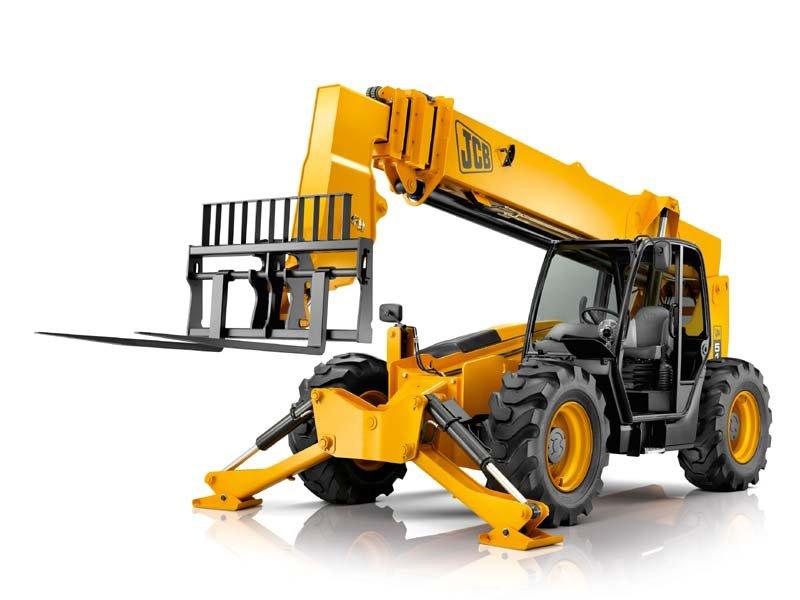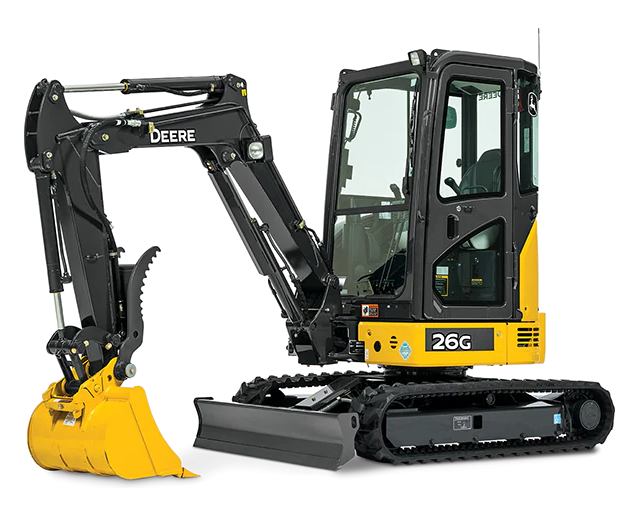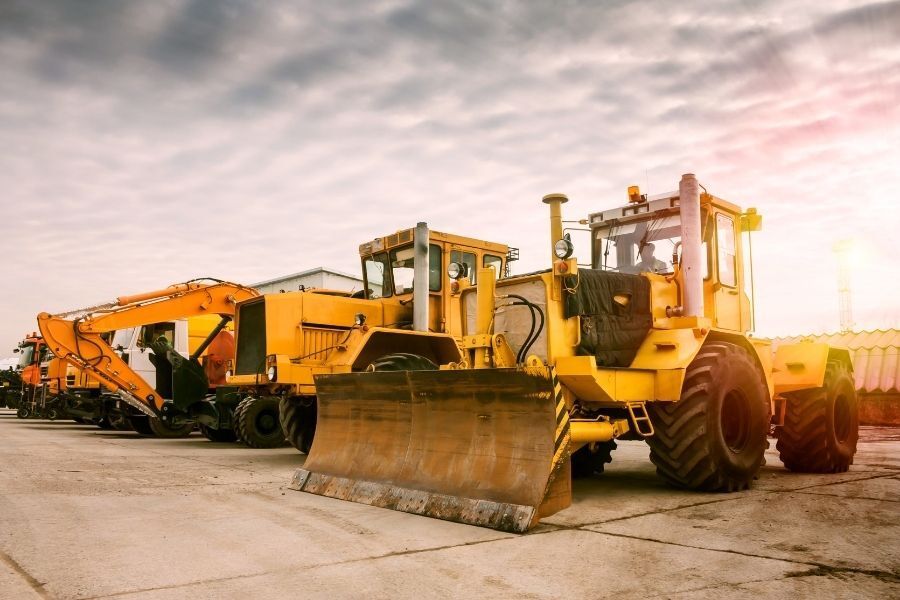Boom Lift Rental: Cost Effective and Trustworthy Lifts for Any Type Of Job
Boom Lift Rental: Cost Effective and Trustworthy Lifts for Any Type Of Job
Blog Article
Optimize Your Budget by Understanding the Expenses Associated With Building Tools Rentals
Comprehending the complete range of expenses related to construction tools services is vital for maximizing your budget plan. While the first rental fee might seem simple, various additional expenses-- such as transportation, fuel surcharges, and maintenance-- can swiftly collect, impacting your economic preparation. Being aware of various costs and the intricacies of rental arrangements can help prevent unanticipated financial problems. What techniques can be used to effectively handle these prices and make sure a more reliable rental experience?
Summary of Rental Prices
When thinking about building and construction tools services, recognizing the associated costs is paramount for reliable budgeting and task preparation. Rental costs can differ significantly based upon several variables, including equipment type, duration of service, and place. The first rental charge commonly reflects the equipment's market need and its associated operational abilities, affecting the total expenditure.
In enhancement to the base rental price, secondary expenses may develop, such as transport fees, fuel surcharges, and maintenance fees. It is essential to account for these extra expenditures to properly assess the overall price of renting devices. The rental duration can influence rates; longer rentals may qualify for affordable prices, while temporary services might sustain greater daily charges.

Malfunction of Rental Rates
A comprehensive understanding of rental rates is important for professionals and project supervisors aiming to enhance their budget plans. Rental rates for building tools generally include numerous elements, consisting of base prices, time-based costs, and use fees.
Base prices are the core charges connected with the leasing of the tools, typically determined by the type and size of the equipment. These prices can differ significantly, influenced by elements such as equipment need, schedule, and local market fads. Time-based charges, which may be daily, weekly, or monthly, serve to fit different task timelines and rental periods.
Furthermore, rental prices might include usage charges, which are applicable when tools is utilized past a defined threshold, making certain that the rental firm can account for wear and tear. Seasonal demand changes can likewise impact rental prices, with peak building and construction seasons normally commanding higher rates.
Furthermore, understanding the rental company's plans pertaining to upkeep and insurance policy can provide further understanding right into the total price framework. By evaluating these components, service providers can make enlightened choices, guaranteeing the option of rental tools straightens with both task requirements and budget plan restraints.
Added Charges to Consider
Comprehending the intricacies of added fees is important for contractors to manage their general leasing costs successfully. Beyond the typical rental rates, various additional costs can significantly impact the complete cost of devices rental. These costs often consist of delivery and pick-up charges, which can vary based upon range and logistics associated with moving the devices to and from the work site.
Furthermore, some rental companies may enforce gas surcharges if the devices is returned with much less like it gas than when rented out. It is also important to understand potential cleansing costs, particularly for specialized tools that needs extensive upkeep after usage.

Thoroughly examining the rental contract and clearing up these extra fees ahead of time can aid specialists avoid unanticipated expenses and ensure that budget plans stay undamaged throughout the job lifecycle.
Upkeep and Fixing Expenditures
Regular upkeep and fixing expenses are often forgotten variables that can significantly affect the general price of construction tools services. When renting equipment, it is critical to navigate to this website take into consideration not only the rental fees yet additionally the possible expenses connected with maintaining the machinery in optimum operating condition.
Many rental business include basic maintenance as part of the rental arrangement; nevertheless, extra considerable repair services or unanticipated break downs can cause added expenditures. It's necessary to assess the rental contract very carefully to recognize what maintenance services are covered and what responsibilities drop on the tenant.
In addition, equipment that is not well-maintained can bring about inefficiencies at work website, possibly raising and causing delays job costs. To minimize these dangers, it is a good idea to perform regular assessments and maintain open communication with the rental copyright pertaining to any issues that emerge during use.
Insurance Coverage and Obligation Costs
Insurance policy and liability expenses are vital parts that can dramatically affect the overall cost of building and construction equipment rentals (forklift rental). These prices ensure that both the rental company and the client are secured from possible economic losses occurring from crashes, damages, or theft during the rental period

In addition, clients ought to understand any kind of deductibles or exclusions in the insurance policy, as these can influence prospective out-of-pocket expenditures. Comprehending the terms of any type of insurance policy coverage is important to avoid unexpected expenses. Eventually, budgeting for insurance coverage and responsibility costs can assist make sure a smoother rental experience and secure versus monetary threats related to construction tasks.
Verdict
In final thought, an extensive understanding of the expenses linked with building and construction devices rentals is important for efficient spending plan management. Inevitably, educated decision-making regarding devices heavy duty equipment rental rentals contributes to the total success of building endeavors.
Rental costs can vary substantially based on a number of factors, consisting of equipment kind, period of service, and area (boom lift rental). The rental period can impact rates; longer services may certify for discounted rates, while temporary leasings could incur greater daily costs
By performing thorough research and involving with trustworthy rental firms, contractors can successfully browse the intricacies of rental rates, ultimately optimizing their monetary resources.
Past the conventional rental rates, numerous auxiliary costs can dramatically affect the total price of devices leasing. Rental companies commonly supply obligation insurance that covers injuries to third events or damage to residential property, while tools damage insurance coverage can cover the expense of repair services or replacement if the rented equipment is harmed.
Report this page